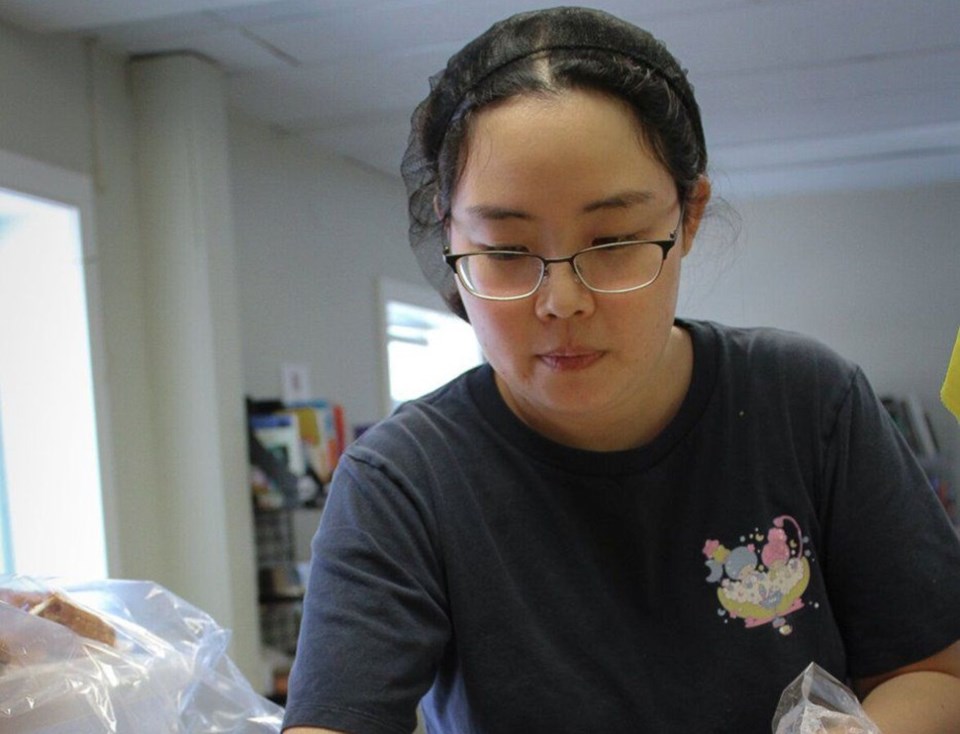Melody Wang sorts through leftover doughnuts from Tim Hortons. She places a couple on a tray and seals them in a bag — a treat for someone.
Wang is a volunteer of two years with The Table Soup Kitchen Foundation, a non-profit organization in Huntsville, where she does food rescue and other prep work.
“Rescuing food is my passion. It will go into different households and that makes me happy,” she said.
So, what is food rescue?
Here’s what you need to know:
Food rescue is an initiative to save edible food from being thrown out and ending up in landfills. Places like food banks, charities, soup kitchens, and shelters participate in food rescues.
Second Harvest found that 35.5 million metric tons of food each year is wasted in Canada, and of that, 11.2 metric tons is avoidable waste — which is the equivalent weight of about 95 CN Towers.
Second Harvest also reported that 127,177 Canadian businesses including farms, grocery stores, restaurants, and more are capable of donating to food rescue programs, but many are hesitant due to liability concerns.
Businesses that donate are protected through Ontario's Good Samaritan and Donation of Food acts, as long as usual food safety regulations and protocols are followed through with.
On a local level, The Table in Huntsville began its food rescue program in September 2019, collaborating with local partners to redirect food to the homes of people in need.
The Table's food bank receives the majority of donations from Second Harvest in Toronto. U-Haul Huntsville lends a truck to drive to the city and pick up the rescued food.
Other food donors for The Table include the Bay Food Crew, Giant Tiger, Henrietta's Pine Bakery, Tim Hortons, M&M Food Market, Shoppers Drug Mart, Bullock's Your Independent Grocer.
Megan Hederson is a Local Journalism Initiative Reporter with muskokaregion.com. LJI is funded by the Government of Canada.



